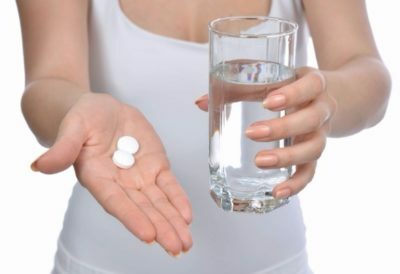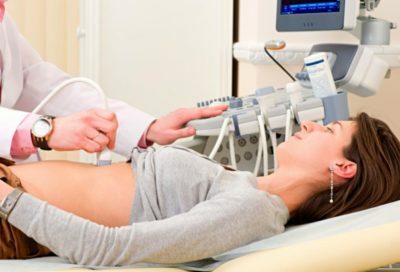Reactive pancreatitis in children, symptoms and treatment is determined by the physician, may begin as a complication of diseases caused by infection. It called pancreatitis inflammation of the pancreas. The first alarming symptoms are pain in the abdomen. Start self-administration of drugs is impossible, as this treatment may harm.

Why is there a reactive pancreatitis in children
Reactive pancreatitis in a child leads to a malfunction of the pancreas. Such a condition is caused by an inflammatory process, because of which the enzymes synthesized by the pancreas does not fall within the 12-duodenum, and can not participate in the digestion process. They remain in the gland itself. Enzymes begin to break down the body.
Most often reactive pancreatitis in children develops as a complication of infectious diseases, which are often found in children. Typically, reactive pancreatitis in children is preceded by a disease, such as SARS. The cause of this disease can be a variety of birth defects.
Often children suffering from reactive pancreatitis, identify the wrong structure of both the pancreas and other organs that are part of the gastrointestinal tract. Reception of strong antibiotics can lead to inflammation of the prostate. It can develop as a result of abdominal trauma.
Cause problems with the organs of the digestive tract can be unhealthy diet.
child's diet should not include fast food, chips, soda water. All these products are very loved by children, but cause great harm to the body. To not develop reactive pancreatitis, you must adhere to a certain diet, which does not imply longer time intervals between breakfast, lunch and dinner, we should also avoid food poisoning, which can provoke the emergence of many diseases associated with bodies digestion.
disease symptoms
Symptoms of pancreas inflammation in young children differ greatly from those that can be seen in older children.

Symptoms of pancreatitis can be a reactive symptoms such as frequent vomiting, seizures, does not bring relief. One of the signs can be yellowness of the skin, dark urine and feces lighter color. Inflammation of the pancreas may be accompanied by fever. In this case, the newborn baby may lose your appetite, the child will often scream and cry.
Severe pain in reactive pancreatitis in the upper abdomen always occurs suddenly. If the child is very small, it can not accurately show and explain where and how it hurts. In addition, the pain may spread throughout the stomach.
If the abdominal pain is sudden, it is necessary to call a doctor. Before his arrival the child is best to be in bed. Your doctor will decide on the examination results, the child needs to be hospitalized or not.
If the abdominal pain is very severe, you should call an ambulance immediately.
In order to determine whether there is an inflammatory process, it is necessary to conduct a number of laboratory tests, which include:
- general blood analysis;
- blood chemistry.
As a general blood test to judge the presence of the body's inflammatory processes. Biochemical analysis is required to determine the level of enzymes produced by the pancreas. Ultrasonography and computed tomography reveal the condition of the pancreas, determine where seals arranged, and wherein the pancreatic tissue have evolved and been replaced connective tissue. If necessary, small patients performed a laparoscopy, which allows you to set a more accurate disease.
How to treat the disease in children
Treatment of pancreatitis in any form and in adults and children is carried out only in a hospital, it does not require surgical intervention. It is carried out mainly conservative. The first treatment of reactive pancreatitis in children is aimed at eliminating the most pronounced symptoms, the number of which can include severe pain and vomiting.
Of the drugs commonly prescribed to children:
- Pirenzepine and its analogs;
- festal;
- pancreatin;
- Nospanum;
- platifillin;
- glucose solution.
Pirenzepine reduces the volume of gastric juice produced and at the same time slows down the pancreas. Pancreatin Festal and can reduce pain and improve digestion. No-spa and Platifillin have antispasmodic effect and relieve pain. The glucose solution is a source of nutrients and can reduce the burden on the digestive system a little bit. This list of drugs is not necessary, and depending on the patient, it may be made corrections. The list of drugs and their reception circuit is determined by the attending physician.
An important place in the treatment of reactive pancreatitis discharged diet. When its failure to comply with all the preparations that are assigned a child, will not give the desired effect. In the treatment of diseases is necessary to completely eliminate foods that irritate the stomach lining and negatively affecting the pancreas. All dishes must be cooked for a couple, and all of the products it is desirable to cut into small pieces. This is to ensure that the child was easier to chew, and he did not swallow it in large chunks.



